I recently vacationed in Germany, where I was born and raised. I visited my father who lives in the Harz Mountains and stopped in Berlin as well. When it comes to the country’s design, the element I’m most enamored with is the texture. Exteriors of homes, some hundreds of years old, are a mix of different materials. The traditional architecture is often accented with flowers in an array of colors.
Not only did I see historic places, such as the Wernigerode Castle, but I was reminded of my family history, as well. Enjoy my photos:
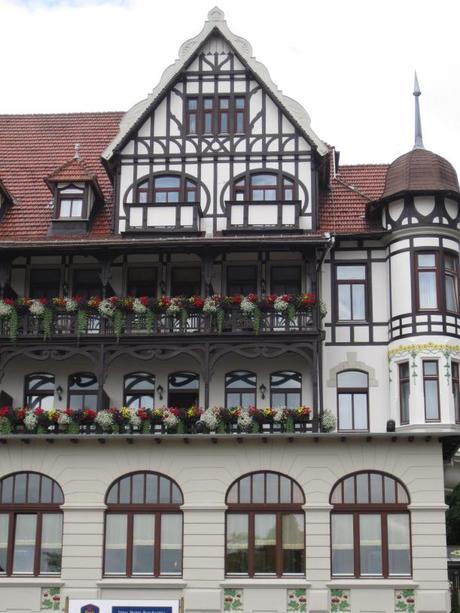
Photo by Iris Interiors.
A hotel in Bad Sachsa, a small town in the Southern Harz Mountains. Notice the half-timbered frame, flowers, and tiled roof. I especially love the curved wood beams over the balconies.
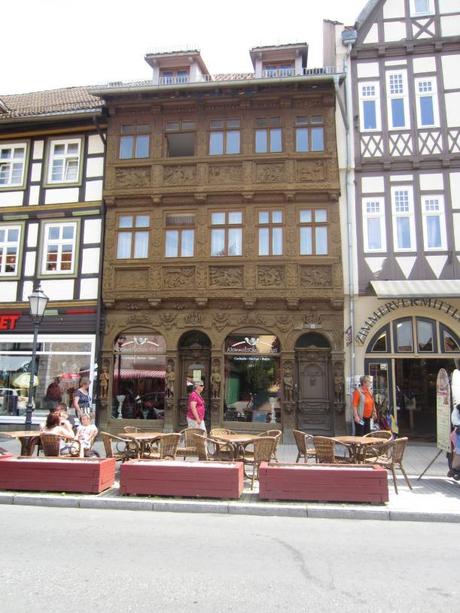
Photo by Iris Interiors.
An ornate building on the main shopping street in Wernigerode, probably fully carved by hand. Amazing!
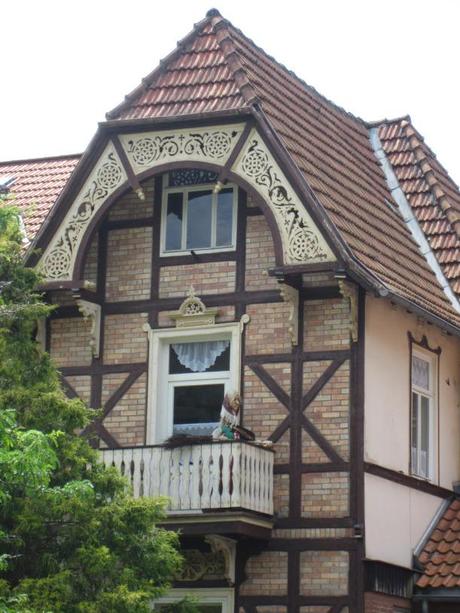
Photo by Iris Interiors.
A balcony in Bad Sachsa housing a witch (very Hansel and Gretel but actually a reference to the Brocken Mountain. Supposedly witches live there and meet once a year for Walpurgisnacht)). By the way in Germany you will frequently see a “witch” hanging in the kitchen, which is said to bring good luck and ward off evil spirits.
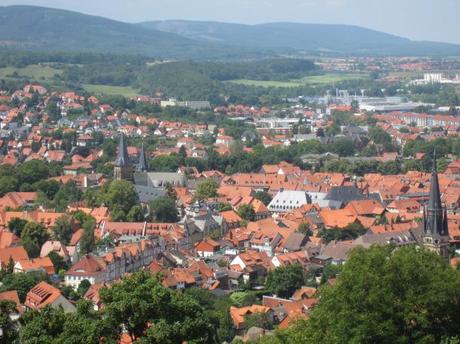
Photo by Iris Interiors.
A view of a small town in Germany, full of red tile roofs.
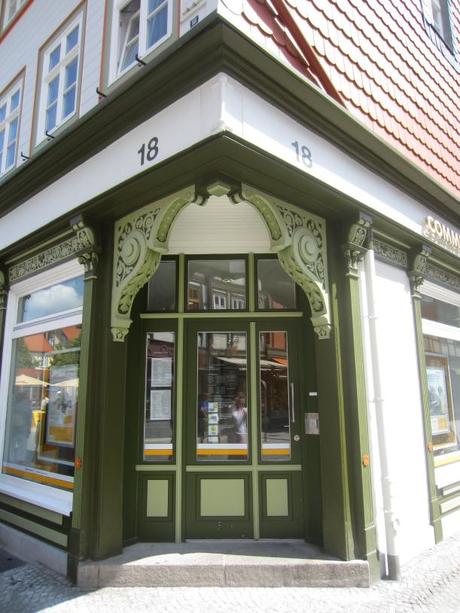
Photo by Iris Interiors.
A bank in downtown Wernigerode.
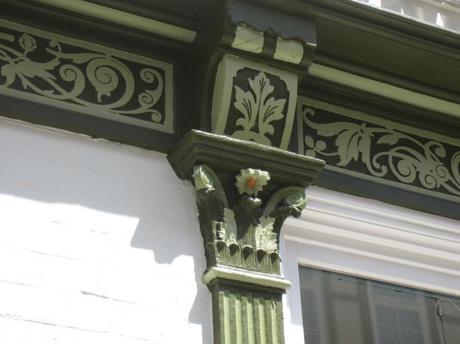
Photo by Iris Interiors.
A closer view of the bank. Look at the details!
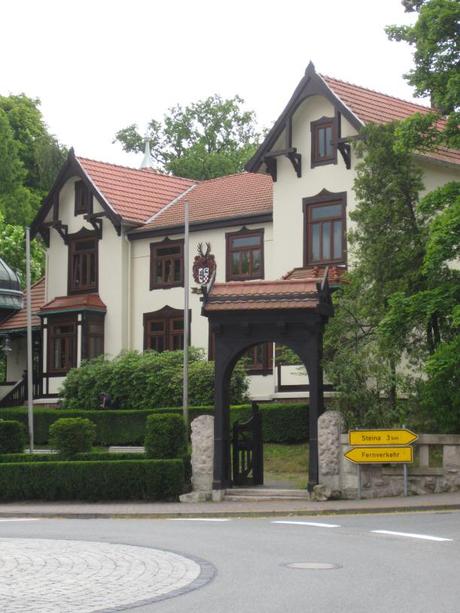
Photo by Iris Interiors.
The Bad Sachsa Town Hall bearing the city crest.
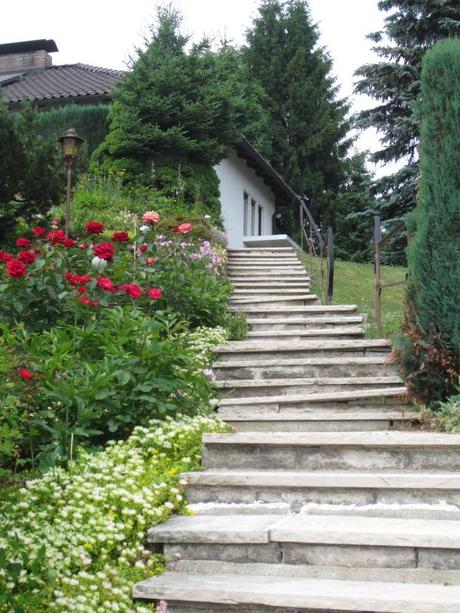
Photo by Iris Interiors.
My father’s home in Bad Sachsa.
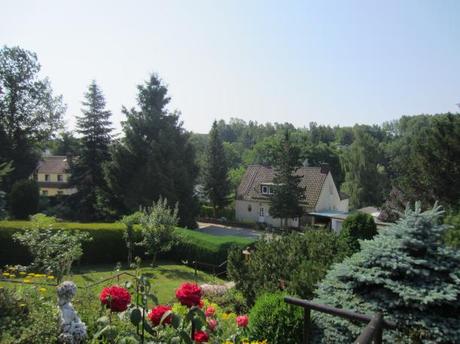
Photo by Iris Interiors.
The view from my father’s veranda.
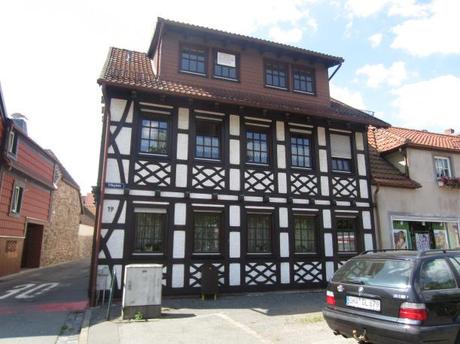
Photo by Iris Interiors.
The home my grandfather was born in, located in Bad Sachsa.
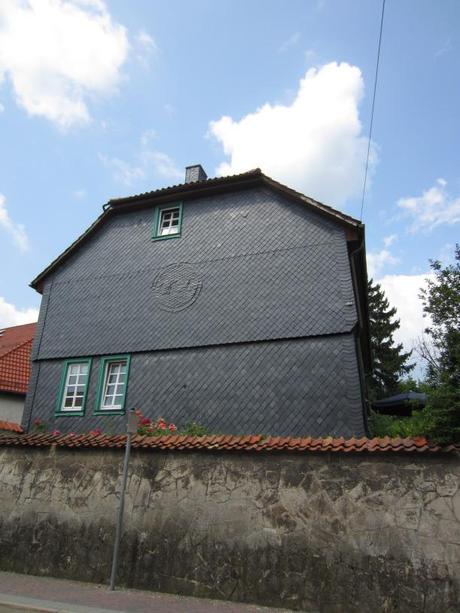
Photo by Iris Interiors.
A house in Bad Sachsa.
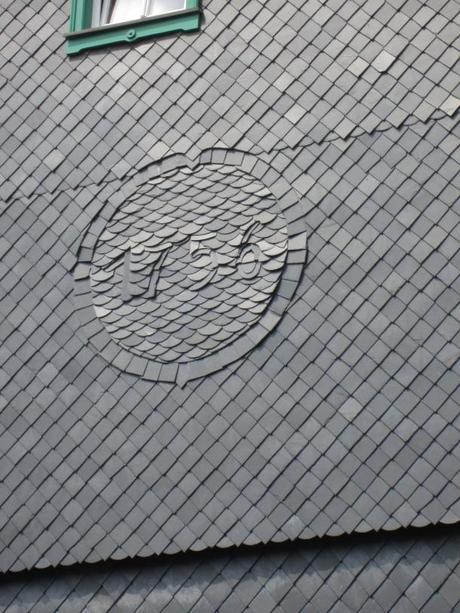
Photo by Iris Interiors
A close-up reveals the year that the house was built.
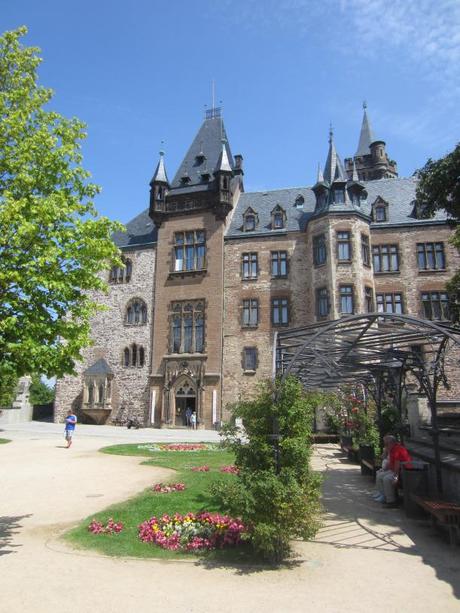
Photo by Iris Interiors.
Wernigerode Castle. Once a Medieval fortified castle, it was rebuilt in a Neo-Romantic Gründerzeit design in 1893.
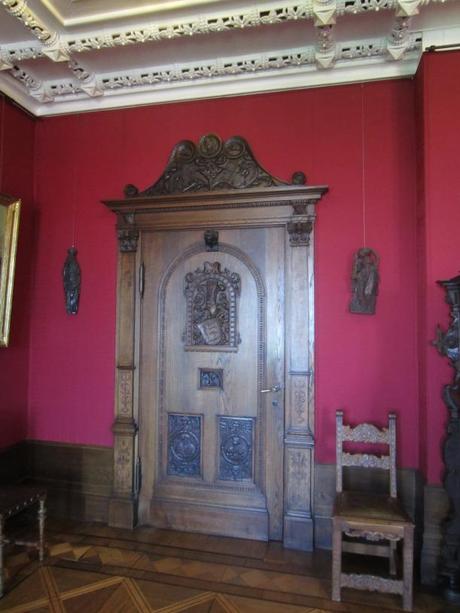
Photo by Iris Interiors.
The interior of the castle. Full of texture.

Photo by Iris Interiors.
The dining room in the castle. Pretty much all rooms appeared to be either original or carefully restored.

Photo by Iris Interiors.
The dining room features an opulent chandelier, incredible architectural features, and beautiful murals.

Photo by Iris Interiors.
The exterior of the St. Nikolai Church in Bad Sachsa. On my father’s side i have records dating as far back as the 1700s of relatives which were either married or baptized in this Church.

Photo by Iris Interiors.
The church ceiling.
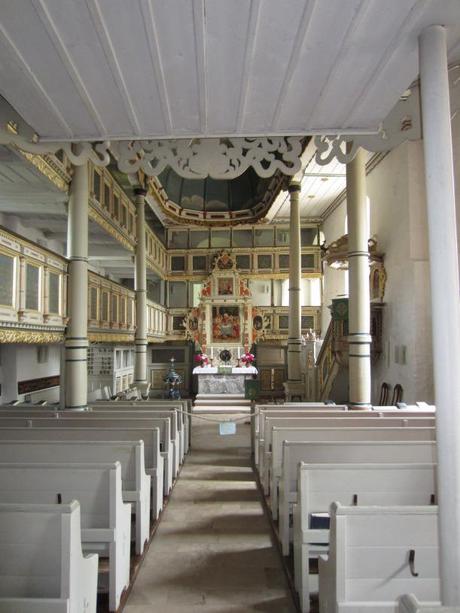
Photo by Iris Interiors.
Another example of texture in the interior of the St. Nikolai Church.
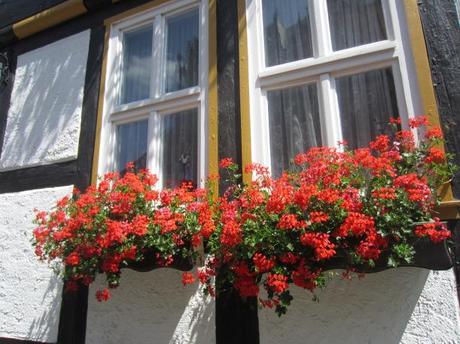
Photo by Iris Interiors.
One of my favorite aspects of German exteriors, window boxes. This one features “Ivy Geraniums”, which is probably the most popular plant for window boxes there.
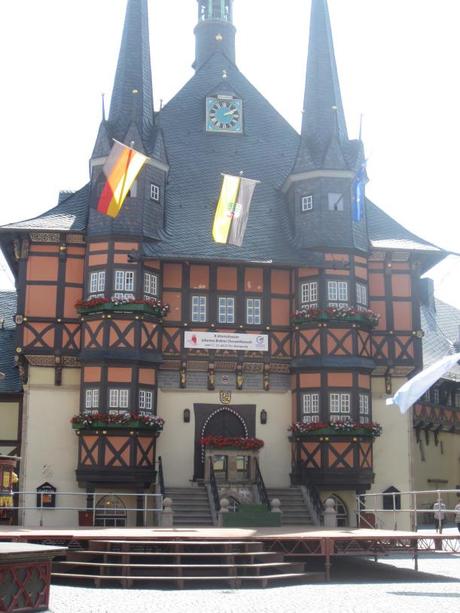
Photo by Iris Interiors.
The Wernigerode Town Hall.
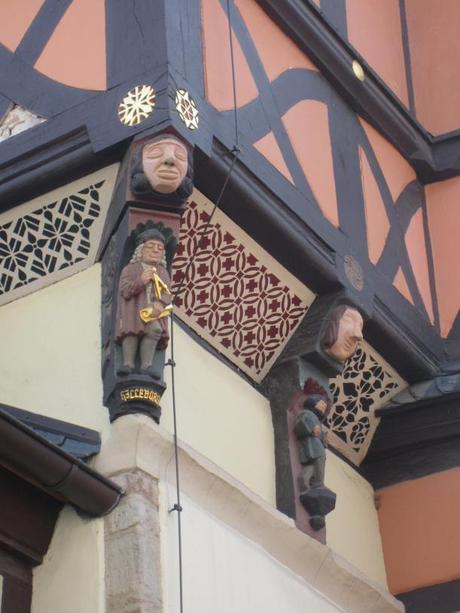
Photo by Iris Interiors.
View of the Town Hall’s architectural details.
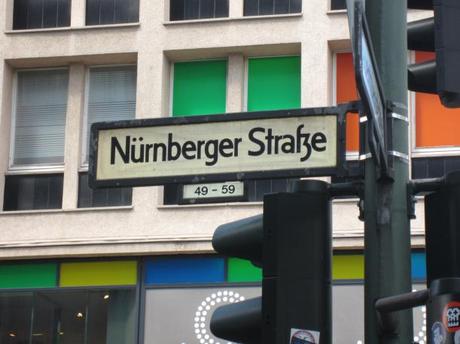
Photo by Iris Interiors.
My maiden name (:
More photos to come in future installments. What do you think of the architecture, texture, and traditional design?
